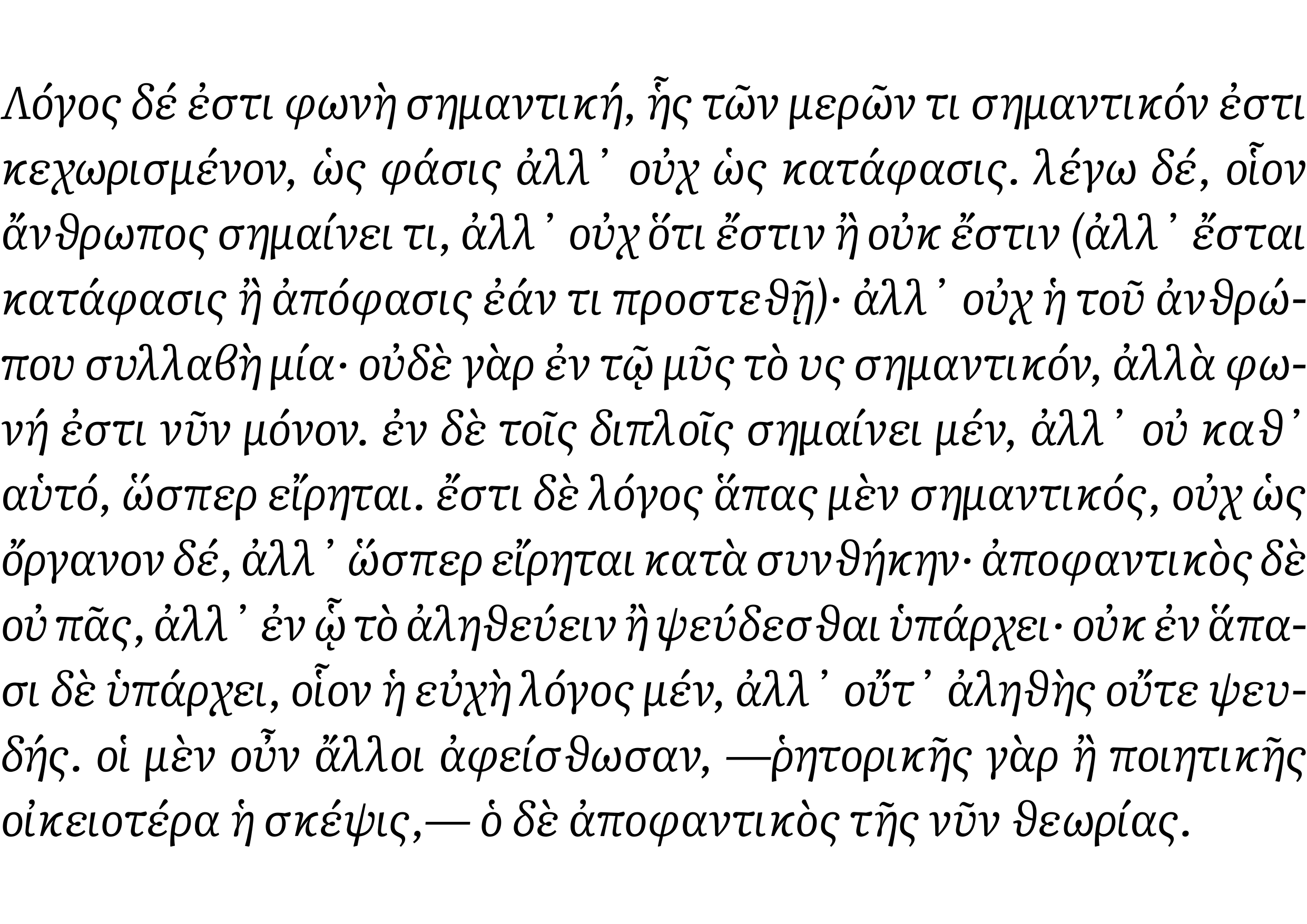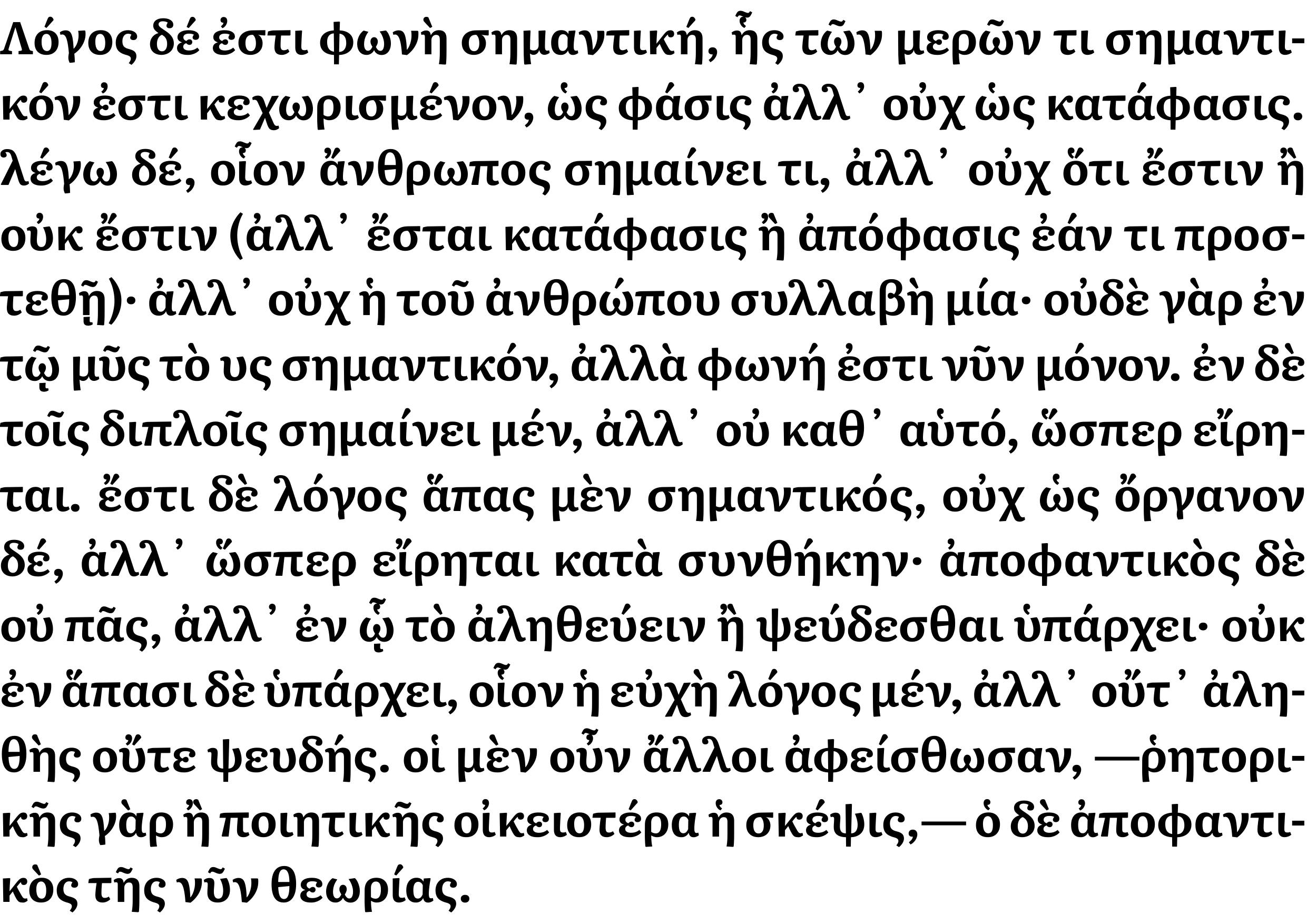Now in its third version, Literata is a distinct variable font family for digital text. Originally created as the brand typeface for Google Play Books, it exceeds the strict needs of a comfortable reading experience on any device, screen resolution, or font size. The family has matured into a full-fledged digital publishing toolbox — headline, paragraph, and caption text.
Type Together redesigned it from the ground up as a variable font. Its tiny file size and infinite adjustability make it perfect for developers, mobile apps, and every screen imaginable. It’s the “every-device font”. Get the entire type family for FREE!
- GOLD Indigo Awards 2021
- Modern Cyrillic 2021 winner
Literata is a serif screen font family — an old soul wrapped in the modern trappings of advanced code. Digital text represents one of the most important challenges faced by designers and developers today, so Literata 3 was conceived for intensive editorial use, especially on screens of all sorts. Its main potential is in digital publishing, whether on the web, electronic press, or mobile applications. Originally designed as the custom typeface for all Google Play Books, it is available for free as a cutting-edge variable font.
Literata 3 is no small upgrade. It is a full redesign within new technological bounds to handle any editorial challenge. After the original Literata’s release and a notable expansion to the family, we created version three from the ground up within the variable font design space.
To set that design space, the extremes had to be decided first; think of a grid with specially designed font “masters” lining the edges. Once completed, this grid-style design space controls how each character looks depending on how close it is to each master. And the OpenType variable font files allow users to access endless styles within the design space, like choosing any weight variation between the extra-light and the light, which cannot be done with normal font families.
Literata variable has only two font files (roman and italic), but the compression technology allows it to contain more than 15 times the styles as the regular OTF files. The core part of Literata roman excels at text typesetting for continuous reading, and the new headline and caption styles make this family a complete digital publishing toolbox. Literata’s upright italic design is uncommon for screen fonts, but addresses inherent limitations of the square pixel grid, solving several problems simultaneously. These advances are only possible using the new variable font format.
Literata 3 is published with an OpenFont License (OFL) so it’s free to own and use — no strings attached! This wide-ranging family of two variable fonts supports Greek, Cyrillic, PinYin, and Vietnamese. Download it, experiment with it, and use it to your heart’s content. Literata 3 is the culmination of years of research, technological advances, and a vision to create a type family robust enough to comfortably read a full novel on any screen and at any text size. It’s the magic only available through maturation.
First step is to install gftools in a virtual environment (anywhere but preferably in your local clone of the repo, and not in icloud):
$ python3 -m venv env
$ source env/bin/activate
$ pip install gftools
Then, you can build the fonts with this command:
$ cd path/to/sources
$ gftools builder config.yaml
Make sure you always activate the virtual env beforehand, each time you want to build: $ source env/bin/activate
- Veronika Burian (Latin)
- José Scaglione (Latin)
- Irene Vlachou (Greek)
- Vera Evstafieva (Cyrillic)
- Elena Novoselova (Cyrillic)
- Pooja Saxena
- Roxane Gataud
- Azza Alamedinne
- Elena Veguillas
- Rabab Chafareddine
- Cecilia Brarda
- Joshua Farmer
- Gerry Leonidas (Greek)
- Kiril Zlatkov (Cyrillic)
This Font Software is licensed under the SIL Open Font License, Version 1.1. This license is copied below, and is also available with a FAQ at: https://scripts.sil.org/OFL.













